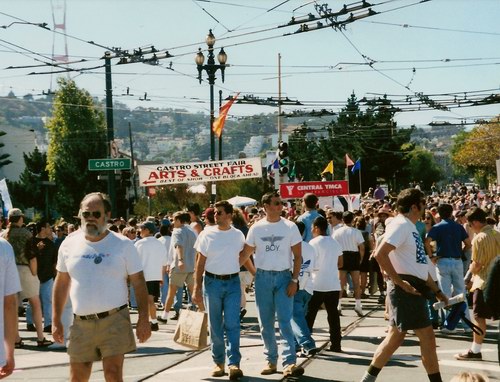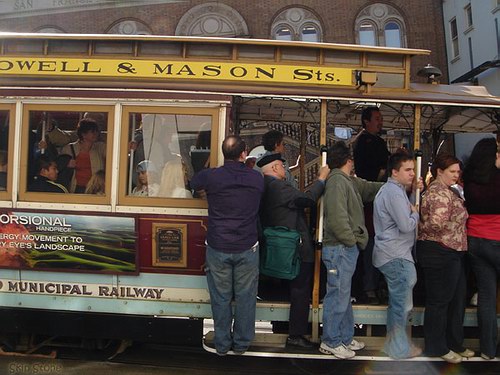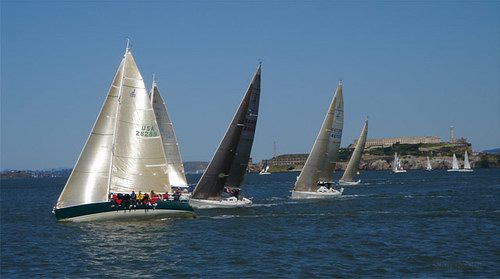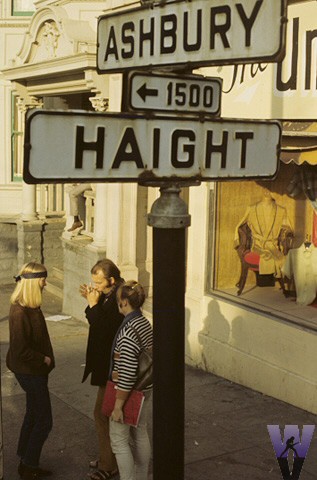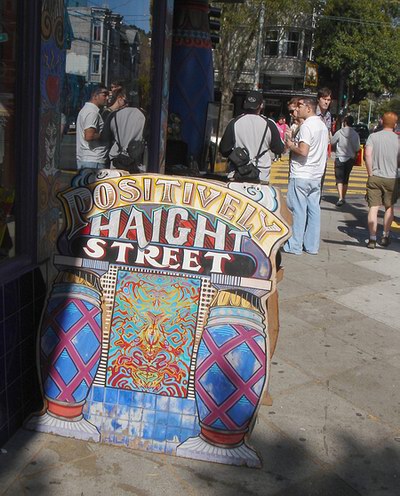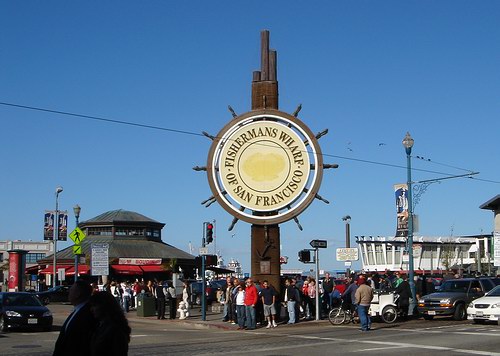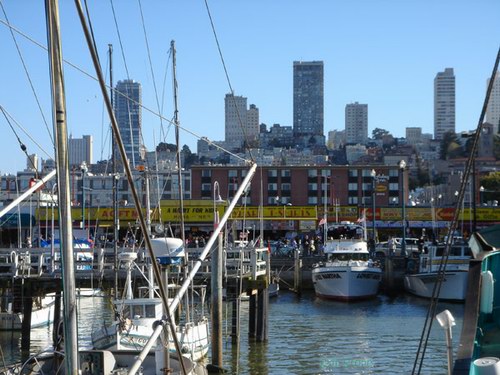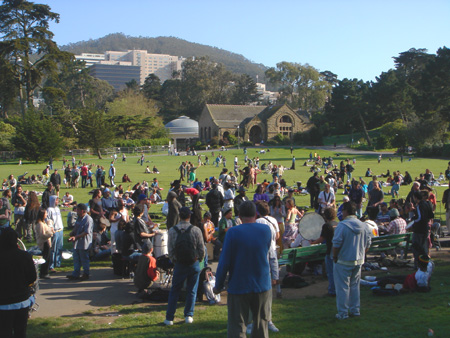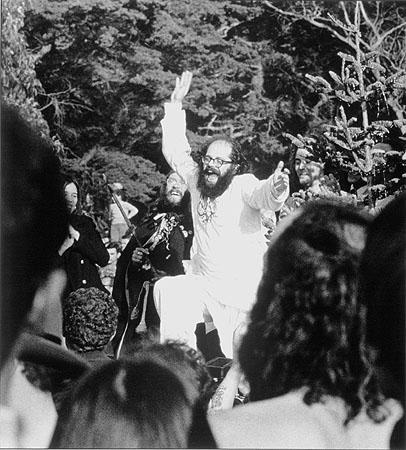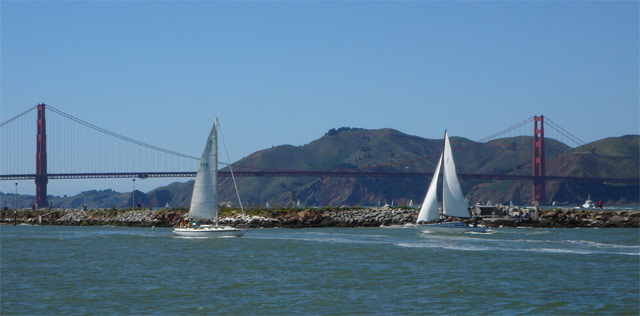The country code for India is 91. India is then divided into area codes, known locally as STD codes. See individual city guides for the area codes.
In acronym-happy India, a phone booth is known as a PCO (Public Call Office) and they usually offer STD/ISD (Subscriber Trunk Dialing/International Subscriber Dialing), or national and international long distance respectively. These are usually staffed, and you dial yourself but pay to the attendant after the call is over. Metering is done per pulse and a service charge of Rs 2 is added to the bill. Larger cities also have Western-style unmanned public phones, which are usually red in colour and accept one rupee coins.
Local phone numbers can be anywhere from 5 to 8 digits long. But when the area code is included, all phone numbers in India are 10 digits long, including cellphones (which usually start with ‘9’). When calling from a landline phone, the syntax varies based on where you are calling to, as India is divided into circles that are almost, but not quite, the same as states. For example, for phone number 1234567 in area code 22 (Mumbai):
Calling from Price Syntax Example
| Same city |
Local |
number |
21234567 |
| Same circle |
Local |
95–area code–number |
95-22-21234567 |
| Different circle |
STD |
0–area code–number |
022-21234567 |
| Overseas |
ISD |
+91–area code–number |
+91-22-21234567 |
Toll-free numbers start with 1-800 or 1-600, but they are operator-dependent: you can’t call a BSNL/MTNL number from an Airtel landline, and vice versa.
To dial outside the country from India, prefix the country code with 00. E.g a US number would be dialed as 00-1-555-555-5555. Calling the USA/Canada/UK over the normal telephone line will cost you about Rs. 7.20 per minute. Calls to other countries, particularly to the Middle East, can be more expensive.
Mobile
India uses GSM and mobile phones are widely available. Major operators include Bharat Sanchar Nigam Limited (BSNL), Bharti Airtel , Idea Cellular and Hutch . As roaming charges can be very steep, it makes sense to get a local SIM card: prepaid starter kits are available for around Rs. 500, including several hundred rupees of call time, and local calls cost as little as Rs. 1 per minute. Bring along your passport when applying and get ready to pose for a photo (or bring your own).
When calling from a mobile phone, you need to prefix the STD code even for a local call.
Internet
Internet kiosks are everywhere nowadays.Beware of using your credit cards online as many cases have come forward regarding credit cards thefts using keyloggers. Calling overseas is also very cheap if you use the many booths that advertise ‘Net2Phone’ service. Basically it is calling over the Internet. The quality ranges from tolerable to excellent, and the price is very good, with calls to the USA ranging from Rs. 2 to Rs. 5 per minute.
